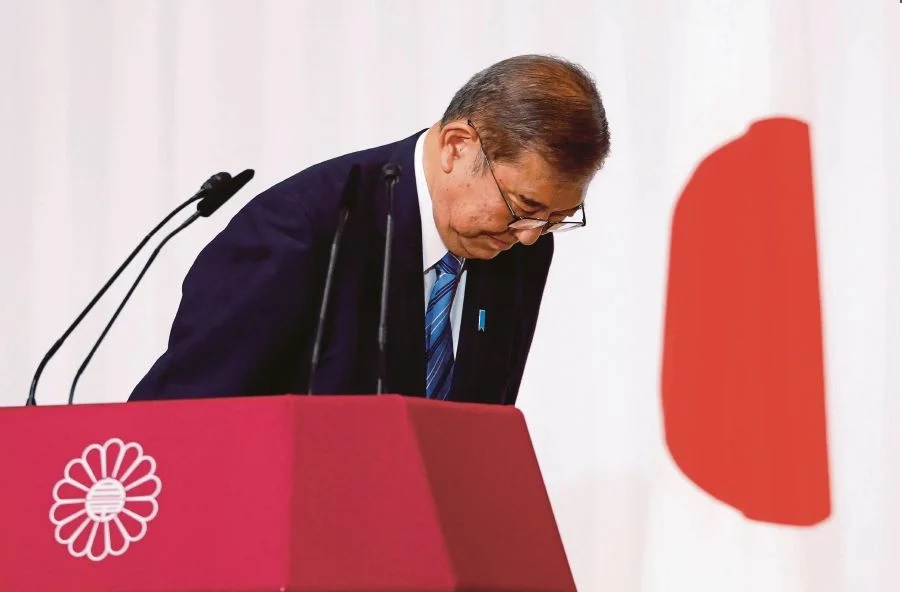Cabinet Ministers Step Down as Tension Builds for Japan’s Leadership
Ishiba’s Resignation
On Monday, Japanese Prime Minister Shigeru Ishiba and his cabinet resigned just hours before a crucial parliamentary vote. This resignation came ahead of the election to select Japan’s next prime minister. Ishiba’s departure opened the door for a new leader to take over the country’s political helm.
Political Uncertainty
The resignation took place against a backdrop of political instability. Ishiba’s Liberal Democratic Party (LDP) and coalition partner Komeito failed to secure a majority in the House of Representatives. This weakened position ensured that Monday’s vote would not result in a clear outcome, prompting the likelihood of a runoff.

Runoff Vote Expected
The vote later today will likely head to a runoff. Ishiba will face Yoshihiko Noda, leader of the opposition Constitutional Democratic Party. This marks the first runoff vote in nearly 30 years. The contest will test both parties’ ability to garner support among lawmakers in the final round.
The Political Landscape
Ishiba had long been a major player in the LDP, but his resignation indicates his inability to secure the party’s full backing. Noda’s opposition group has emerged as a strong challenger, despite not holding a majority in the House of Representatives. Both leaders now focus on rallying support for the runoff vote.
What Lies Ahead
The vote later today will have wide-reaching implications for Japan’s political future. The next prime minister will guide the country through ongoing economic and geopolitical challenges. Japan’s political stability rests on the outcome of this tense leadership contest.
In conclusion, Ishiba’s resignation and the resignation of his cabinet mark a critical moment in Japanese politics. Today’s runoff vote will determine who leads Japan during a time of uncertainty.
Our Visitor






 Users Today : 59
Users Today : 59


